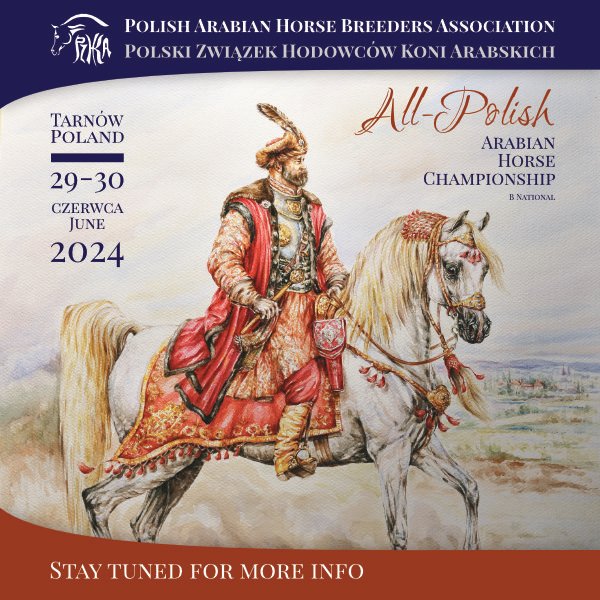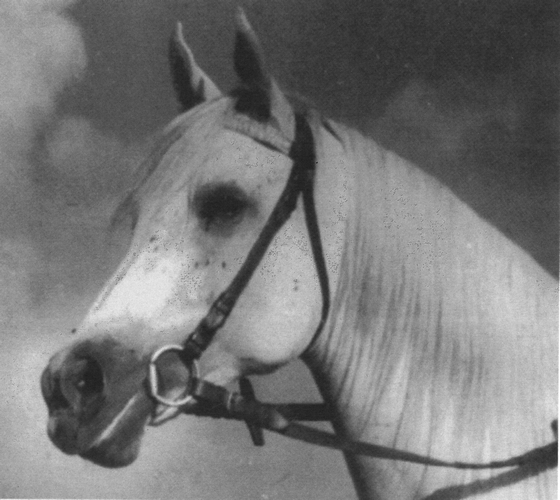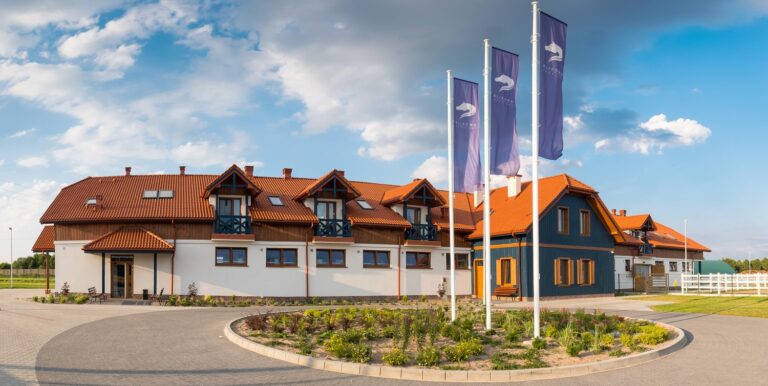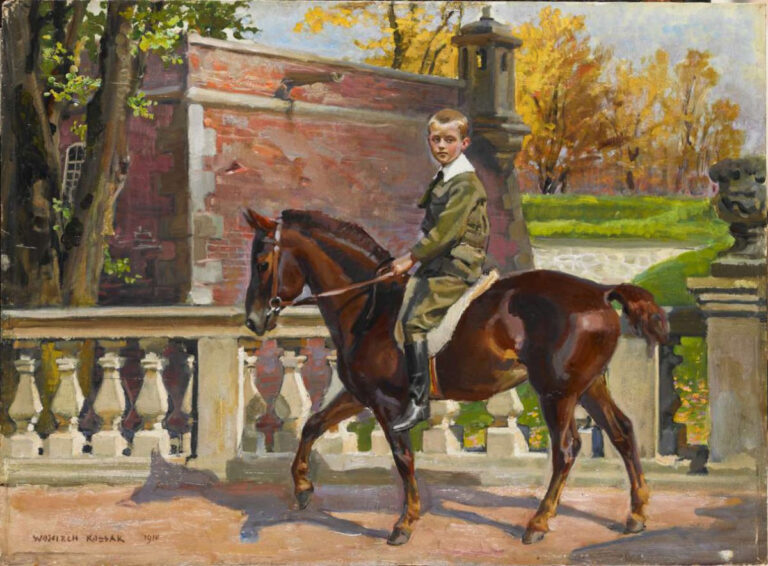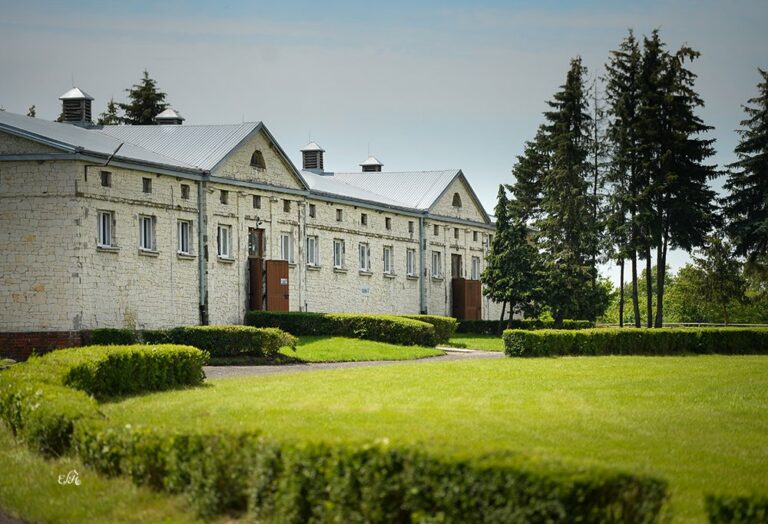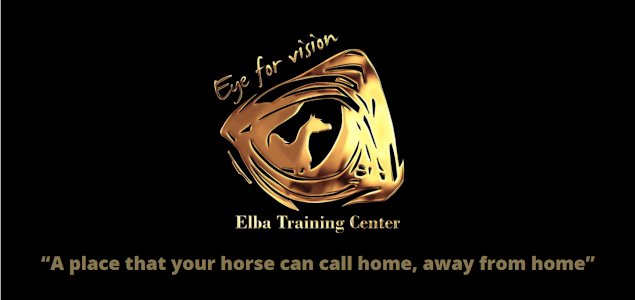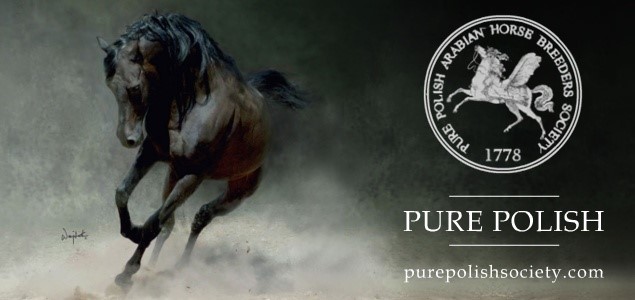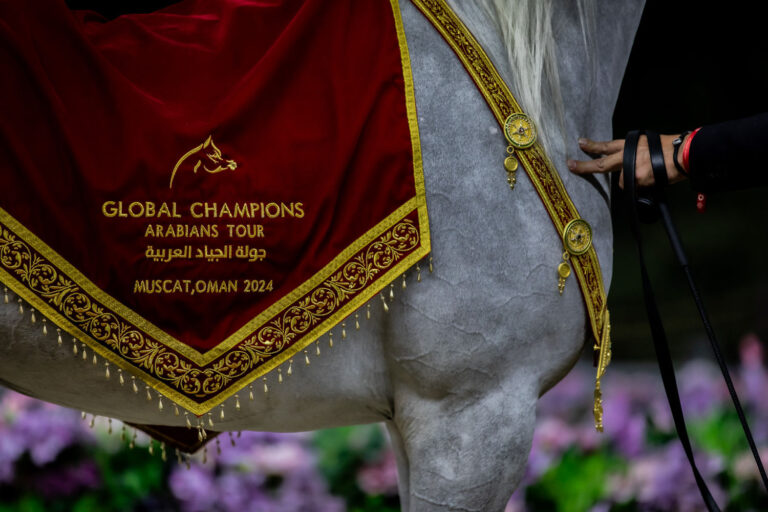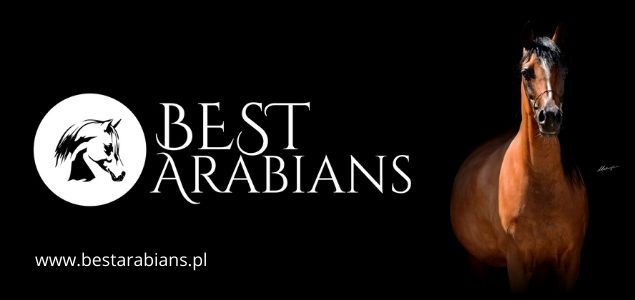
After World War II Poland found itself within the influence zone of Soviet Russia. The authorities imposed by the Soviets were completely dependent on their Moscow principals. Once again bloody repressions, persecutions of people with different political views, divestitures of private property, nationalizations of land, factories and houses began. Courts, controlled by the authorities, sentenced people who fought against the German occupant to prison or even quite often to death. The political police brutally crushed the opponents of the regime. The “Iron Curtain” fell, cutting Poland off from the Western world for many years.
The Arabian horse was treated by the new authorities with suspicion, as a bourgeois relic, a whim of the former ruling class which ceased to exist; as a luxurious good redundant in the new proletariat system. Only draught horses, indispensable in agriculture and transport, were appreciated – under the condition that they did not belong to private owners. So writes in her memoirs “Samo życie” [“Such is life”] sculptor and breeder Anna Dębska: “Horse riding was treated by the authorities as some kind of lordly habit and a fancy of the followers of Piłsudski.” So it was hard to expect any respect for Arabians. Regardless of their breed, the horses which survived the war became national property. As Roman Pankiewicz (a historian of Polish breeding, also known as the breeder of Bask) noted in his work titled “Polska hodowla koni czystej krwi arabskiej 1918–1939” [„Polish breeding of pure blood Arabian horses 1918-1939”] the only pure-blood horses to remain in private hands were mares originating from the stud of Prince Czartoryski – Pełkinie: Dakaszma 1944 and Ak-Haifa 1945. They were handed to Wiktor de Junien-Sarnecki as a result of financial settlements with the prince. They gave birth to foals, but it is not known what happened to them later.
Admittedly, Anna Bąkowska, the owner of Kraśnica Stud, reclaimed her two extremely valuable mares, including Bałałajka 1941, the later dam of Bandola and the world famous stallion Bask, known as the “revelation of America”. Both mares were soon taken to the National Stud at Albigowa. “The acquiring of the grey mare Bałałajka was a fortunate coincidence”, so wrote about this incident Professor Witold Pruski in his book “Dwa wieki polskiej hodowli koni arabskich (1778-1978) i jej sukcesy na świecie “ [“Two centuries of Polish Arabian horse breeding (1778-1978) and its successes worldwide”] in the chapter on Albigowa. He could not phrase it otherwise in a work published in 1983. However for Anna Bąkowska it was surely not a fortunate coincidence, though she was the only one among private breeders who won compensation from the government. It amounted to the price of a draught horse of that time… Still, it is worthy to note down this one time case of purchasing pure blood horses from a private owner. The others were automatically nationalized. In 1948 Anna together with her daughter Ewa were arrested on a charge of helping the Home Army, a Polish resistance organization during World War II. Released after several months they did not have an easy life in the new system, especially since Anna’s husband, Jerzy, was murdered by the Soviets in the sentenced to be forgotten Katyn… Both breeder-women had nothing to do with horses ever again.

This independence of Tyszkowski was presumably a decisive factor in the closing of the stud, which was liquidated in 1960. The horses were transferred to Janów Podlaski. “More and more often I heard rumors about serious conflicts with the local authorities”, recalls Maria Wierzbicka-Maciejewska, a regular visitor at Nowy Dwór. “The liquidation of the facility was unpleasant for me, but how tragic must it have been for the Tyszkowskis?” (“Araby” quarterly, 5/2007). Tyszkowski, who rendered great service to Polish breeding, after retiring vegetated in an extremely humble flat in a stable. After his death his son buried all mementoes of him, as no one was interested in them.
Not enjoying respect from the authorities was also another legendary Polish breeder, Bogdan Ziętarski, the same who imported horses from Arabia to Gumniska Stud of Prince Sanguszko in the 30s. After the war this expert on Arabian horses and world-class authority worked as a director of a foal barn of draught horses at PGR Milicz (a state-owned farm). His large experience and knowledge were never used in the new system probably due to his former job with Prince Sanguszko. He died in 1958.
After the war also the fate of Janów Podlaski hung in the balance for a long time. The Janów Stud, evacuated to Germany, returned to Poland led by Andrzej Krzyształowicz, a breeder continuing the breeding philosophy of Stanisław Pohoski, credited for the stud’s pre-war successes. “A new reality, driven by different values” – wrote today’s director of the stud, Marek Trela (“Araby” quarterly, 11/2008) – “brought decisions which for many years changed the breeding position of Janów, decreasing the significance of a stud which rendered great service to its country.” Carrying out orders of the country’s breeding authorities Krzyształowicz had to send his horses to three studs within just two weeks’ time: Nowy Dwór, Albigowa and Klemensów. At Posadowo, where the stud was temporarily stabled, only one colt remained. “It is not hard to imagine the feelings of people who, having previously rescued these horses, were now loading them onto train wagons and sending them into the unknown”, wrote Trela. “It was a personal tragedy for Krzyształowicz, questioning his efforts to save the Janów herd and a failure of his and his master’s breeding philosophy.” After years of endeavor Krzyształowicz received permission for horses from Albigowa and Nowy Dwór to return to Janów. They began coming back in 1959. That in turn triggered a grudge and a feeling of injustice in the breeders of those studs, who worked hard at developing their breeding, from the end of the 40s and through the entire 50s, as far as resources let them. Roman Pankiewicz wrote about this incident: “We could’ve returned only those mares, which left Janów in 1948. If not for this directive, the achievements of Nowy Dwór would’ve been far greater today, as it turned out that that region’s community was favorable towards Arabian horse breeding.”
Albigowa, similar to Nowy Dwór, was closed down. „Horses eliminated from the stud were purchased by peasants from the Miechów County and these were ultimately lost for our breeding”, recalled Roman Pankiewicz. Klemensów ceased to exist even earlier, in 1953. The stud, together with its boss Ignacy Jaworowski, was transferred to Michałów. And that’s the history of how this world famous breeding began.
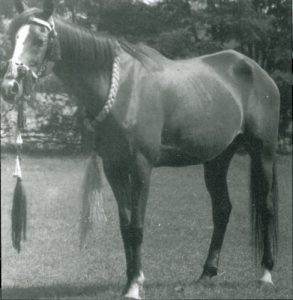
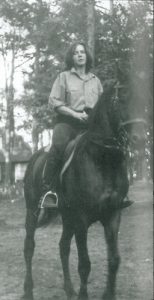
It was not until 1987 – a crucial year, as it turned out – that Krystyna Duda purchased at the Janów auction the mares Wiklina 1983 and Aktorka 1984, paying for them in dollars. From that moment on private breeders could “officially” own Arabians.
It is not possible to count how many valuable horses were lost during these years; how many mares were not as lucky as Maciejka of Anna Dębska. At the state studs broodmares literally held “job posts”. When it comes to bureaucracy what matters is quantity, not quality. Many horses, which under different circumstance could leave a mark in breeding, simply went to the slaughterhouse. As Dębska claims, much responsibility for this lay in the hands of Władysław Gomułka – the First Secretary of the Communist Party during the years 1956-1970 – who for reasons known only to himself hated horses.
However the 60s brought a certain change in the treatment of Arabians. Already the first purchases done by Patricia Lindsay showed that pure blood horses could be a source of valuable foreign currency. And so socialist Poland became a provider of a luxury good in the form of Arabian horses for the “rotten” – using the beloved phrase of the officials of that time – Western world. Already in 1960 the first buyers from the US appeared, purchasing 8 horses. A year later that number doubled and in 1963 making their way across the ocean were 43 horses – for the first time by airplane! – including the famous Bask, purchased by Dr. Eugene LaCroix from Lasma Arabians, Arizona. The Iron Curtain was lifted more and more frequently and even became a sort of attraction. Patricia Lindsay recalled how she rode in a horse-drawn cart together Director Andrzej Krzyształowicz to see the watchtowers. In 1969 the first Arabian horse auction took place at Janów Podlaski. The buyers were coming in greater and greater numbers, although the bidding took place under an open sky at the mercy of changeable weather and the “hard currency” visitors had to make do with one privy situated next to the arena…
And today? The number of broodmares in the hands of the private breeders greatly exceeds the number of mares at the state studs. In 1937 the ratio of private mares to state-owned mares was 143 to 39, in 1948 – 2 to 50, in 1978 – 6 to 201, in 1990 – 19 to 296, in 1997 – 142 to 267. It is estimated that in 2010 the number of broodmares owned by private breeders amounts to 750, while the state studs have 250!
As we can see, Polish Arabian horses have managed through yet another historical cataclysm, namely the communism years. The problem which troubles the Arabian community today is actually an excess of supply and not prohibitions, orders or rapid turns of the course of history. And although it is a Polish custom to grumble and be dissatisfied about everything, when comparing today to the past we must categorically agree that there truly are no reasons to complain.
The article has been published in the “Arabians. Horse Mag”, France/Belgium
Read the 1st part: This breeding cannot perish, since it gave Melpomena and Skowronek…
Read the 2nd part: From Caucasus to America – the war wanderings
Download the PDF version of the article – English/French»


